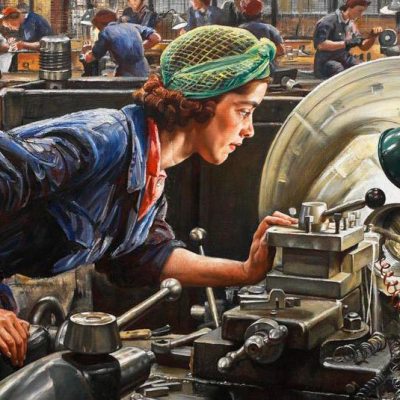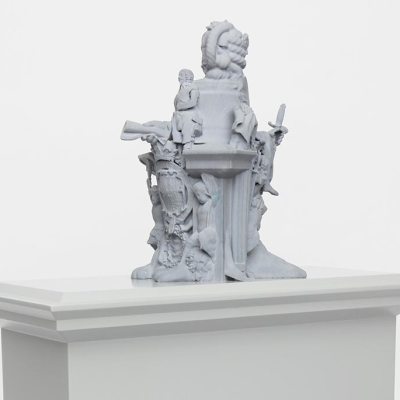The exhibition ‘David d’Angers: Making the Modern Monument,’ at the Frick Collection in New York, is an admixture of equal parts delight and disappointment. Little known today, Pierre-Jean David d’Angers was a prolific sculptor who produced some 30 public monuments in the first half of the 19th century. Citing Victor Hugo, who described David as ‘the Michelangelo of Paris,’ the show aspires to reignite interest in the long-neglected artist by casting him as one of the great figures of French Romanticism. David, it proposes, transformed the meaning of the national monument at a moment of great socio-political turmoil and heightened historical awareness.
Unfortunately, these lofty goals are immediately stymied by certain practical considerations, beginning with the diminutive dimensions of the subterranean exhibition space. The irony of housing a show on monumental sculpture in such closed quarters was not lost on this reviewer. Even with all the square footage of the Louvre, however, it would be nearly impossible to do justice to David’s corpus, as most of his monuments are immovably embedded in public spaces around France. The two large-scale pieces, busts of La Douleur and Ann Buchan Robinson that flank the show’s entrance, offer a taste of the uniquely expressive and plastic qualities of David’s works in stone that leaves the viewer wishing there were more to be seen.
La Douleur, which embodies an idealised sentiment in what was for David a decidedly modern face (the tortured young man is side-whiskered in early 19th-century fashion), reflects his broader quest to reconcile the unifying arc of human history with the singular reality of post-revolutionary France. Despite informative and engaging wall text, however, which continues the narrative about David’s revolutionary politics and artistic practice throughout the exhibition, the majority of the small-scale bronzes and draft sketches on display are ill-suited for substantiating claims about David’s great stature in the history of public sculpture.
Indeed, the most compelling works in the show are also the least monumental: the assortment of medallions of various famous figures lining the room’s far wall. David produced some 500 different portraits over his career, which were then widely reproduced and were meant for private rather than public consumption. Only in these wonders of minute detail do David’s astute eye and remarkable sense of physiognomy finally speak for themselves. Among others, Eugène Delacroix, Victor Hugo, and Alexandre Dumas appear in endearingly youthful and life-like form, offering a glimpse at these artists long before their more famous photographic portraits froze them in time.
Delacroix’s customary hauteur is transfigured in David’s medallion portrait as the righteous indignation of Romanticism, in all its fury. Stripped of the gravitas (and extra pounds) of his later photographic portraits, Hugo’s face betrays all of the idealism of his writings. Dumas, on the other hand, looks like he would be at home in the coffee shops of Brooklyn, laptop in hand. Despite the anachronisms of the medium for a 21st-century viewer, David’s subjects are so perceptively rendered as to become disconcertingly familiar and contemporary.
Filling the void left by the absence of his monumental sculpture, these portraits conjure up another David, one whose works are more modest but no less impressive. This David captures his subjects not in all their grandeur, but in spite of that grandeur, grounding their imposing individuality in the intimate and endlessly fascinating qualities of their commonplace humanity.
‘David d’Angers: Making the Modern Monument’ is at the Frick Collection until 8 December 2013.



